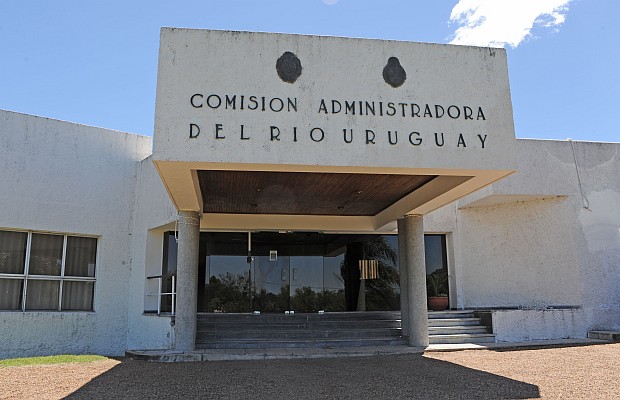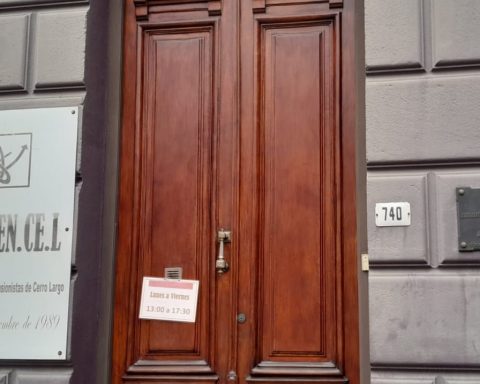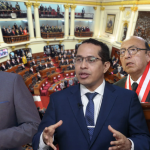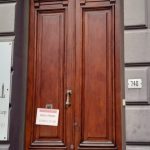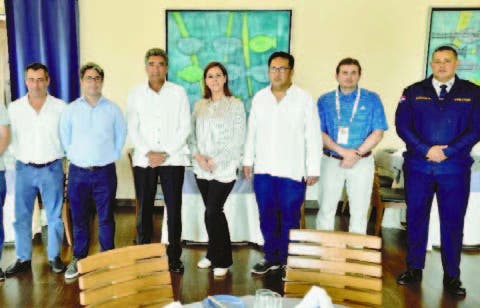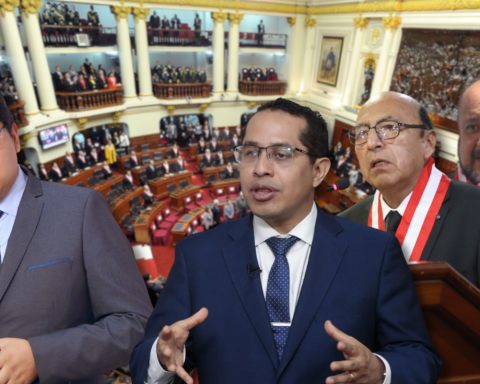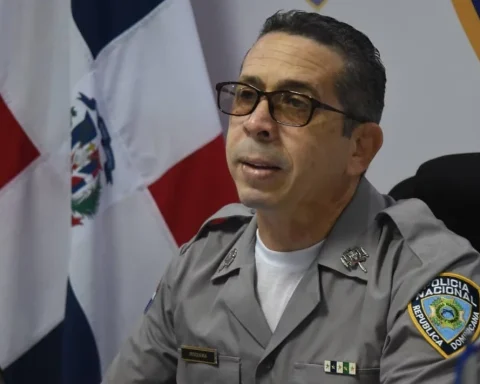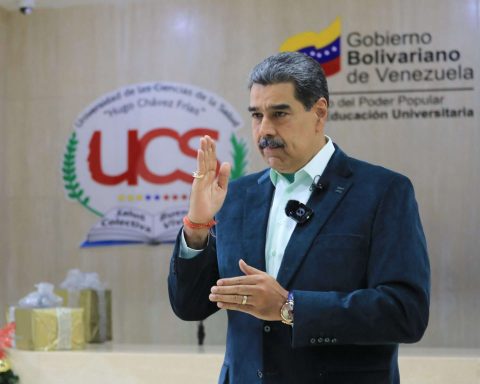The Administrative Commission of the Uruguay River (CARU) has been making progress in the process of concretizing the dredging of the Uruguay River, a desire of the current administration headed by the President of the Republic Luis Lacalle Pou, who has mentioned this issue on repeated occasions.
In this regard, the Uruguayan delegate to CARU, María Eugenia Almirón, stated that they have been working on the issue, for which they have made arrangements with the Argentine delegation of the multilateral organization and await a response from the government of that country, to continue with the Procedure.
Likewise, Almirón made it clear that the dredging of the Uruguay River to the north coast is a priority to be carried out during this period. In an interview with the digital media of Rio Negro, shoreymedia.com spoke about this issue.
Almirón maintained that they sent a note from the Uruguayan Delegation of CARU to the Argentine delegation of that international organization, who forwarded it to the Foreign Ministry of the neighboring country, reiterating the request for the processing of the authorization from the Argentine government.
“After the letter we sent was received, it was transferred to the Ministry of Foreign Affairs of Argentina, which has it for study. We are awaiting the response and the instructions that the Government sends to its delegation in CARU,” the Uruguayan delegate explained to the aforementioned media outlet.
On the other hand, María Eugenia Almirón, spoke in the same medium about the Binational Scientific Committee, which emerged after the border conflict (Botnia-UPM) and the resolutions of The Hague and stated that “its headquarters is located in the orbit of CARU , has a laboratory located at the Uruguayan head of the International Bridge and is obliged to monitor not only the area of influence of UPM and the mouth of the Gualeguaychú River, but also to take care of the quality of the waters and study waste and effluents”.
He also pointed out that the Committee, which is made up of two Uruguayan and two Argentine scientists, makes 12 visits a year to the study areas and has the opportunity to use new procedures in environmental control.
“Regarding citizen access to the data that arises from the controls, the CARU page contains the studies from 2012 to 2017, but later, according to the Delegation of Argentina, no more were published.”
Finally, he clarified when the studies will be made public “currently the 2018 and 2019 studies have been processed, which would be announced when the headquarters of the Binational Scientific Committee is officially inaugurated, when the latest reports will be presented”.
